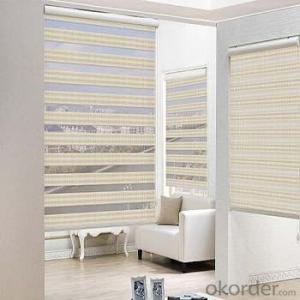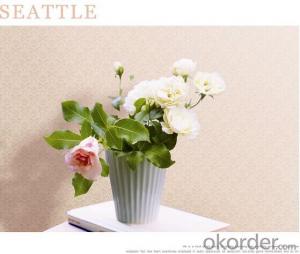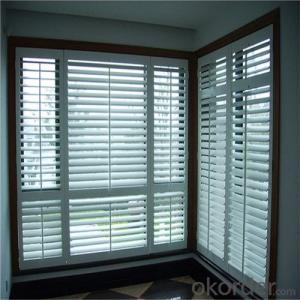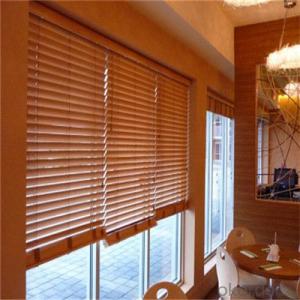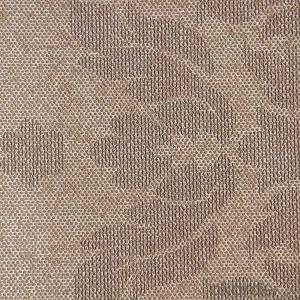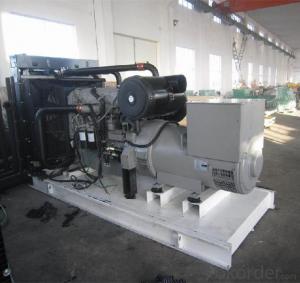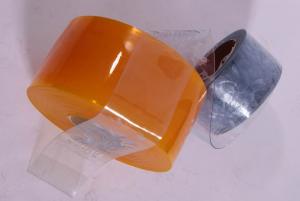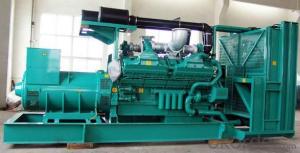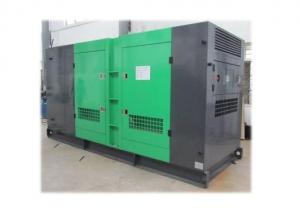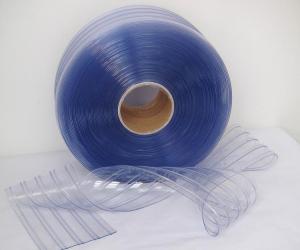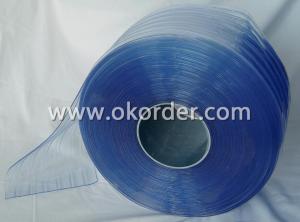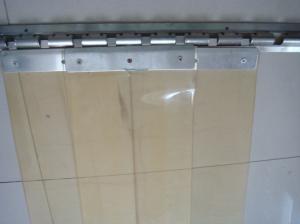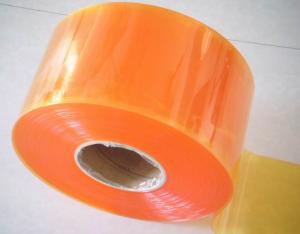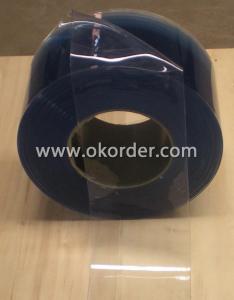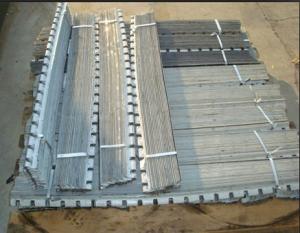Soundproof Curtains
Soundproof Curtains Related Searches
White Spotlights Kitchen Cordless Cellular Blinds Silver Kitchen Pendant Lighting Commercial Kitchen Sink Faucets Commercial Kitchen Appliances Vintage Kitchen Faucets Undermount Kitchen Sink Bisque Kitchen Faucets Soundproof CurtainsHot Searches
Geogrid Fabric Price Geogrid Fabric Home Depot Geotextile Fabric Cost Per Square Foot Geogrid Fabric Near Me Textilene Fabric Suppliers Uk Store Decoration Kitchen Utensils Buy Online Online Kitchen Appliances Shopping Online Shopping Kitchen ItemsSoundproof Curtains Supplier & Manufacturer from China
Okorder.com is a professional Soundproof Curtains supplier & manufacturer, offers integrated one-stop services including real-time quoting and online cargo tracking. We are funded by CNBM Group, a Fortune 500 enterprise and the largest Soundproof Curtains firm in China.Hot Products
FAQ
- To clean plastic surfaces on home appliances, you can start by mixing a solution of warm water and mild dish soap. Use a soft cloth or sponge to gently scrub the plastic surfaces, ensuring not to apply too much pressure to avoid scratching. Rinse the surfaces with clean water and dry them thoroughly using a clean towel.
- Home appliance plastics contribute to insulation in appliances by providing a barrier that prevents the transfer of heat or electricity. These plastics have low thermal conductivity, meaning they do not easily conduct heat, helping to maintain the desired temperature inside the appliance. They also act as electrical insulators, preventing the flow of electricity and reducing the risk of electrical hazards. Additionally, the use of plastics in insulation helps to reduce energy loss, making appliances more efficient and cost-effective to operate.
- Some common plastic components found in washing machines include the detergent drawer, control panel, door handle, drum paddles, water inlet hose, and drain hose.
- The use of plastic in home appliances can have both positive and negative impacts on the overall energy efficiency. On one hand, plastic components can help reduce the weight of the appliance, making it easier to transport and potentially saving energy during manufacturing and transportation. Additionally, plastic parts can contribute to better insulation, reducing heat loss and improving energy efficiency. However, the production and disposal of plastic can also have negative consequences. The manufacturing process of plastic consumes energy and emits greenhouse gases. Moreover, if not properly disposed of, plastic waste can contribute to pollution and harm the environment. Therefore, it is crucial to carefully consider the type and amount of plastic used in appliances to ensure a balance between energy efficiency and environmental impact.
- The chemical compatibility of plastic used in home appliances plays a crucial role in determining their resistance to corrosion. When the plastic is not chemically compatible with the substances it comes into contact with, it can lead to chemical reactions that corrode the appliance. On the other hand, if the plastic is chemically resistant to the substances it encounters, it acts as a protective barrier, preventing corrosion from occurring. Therefore, choosing the right plastic with good chemical compatibility is essential for ensuring the longevity and resistance to corrosion of home appliances.
- Home appliance plastics play a crucial role in shaping the overall design and aesthetics of the appliance. They offer flexibility in terms of molding, allowing for sleek and modern designs that can complement any home decor. The choice of plastics also affects the appliance's color options, texture, and transparency. Additionally, plastics can be made to mimic other materials like metal or glass, giving appliances a premium look at a more affordable cost. Overall, the selection of home appliance plastics greatly influences the visual appeal and functionality of the product.
- When selecting the color of plastic parts in home appliances, several considerations are taken into account. Firstly, the color should align with the overall design and aesthetic of the appliance, ensuring it complements the intended style and target market. Secondly, the color choice may be influenced by the psychological impact it has on consumers, as certain colors can convey specific emotions or create a sense of trust and reliability. Additionally, practical aspects such as color durability, resistance to fading or staining, and ease of maintenance are important factors when choosing the color of plastic parts in home appliances.





